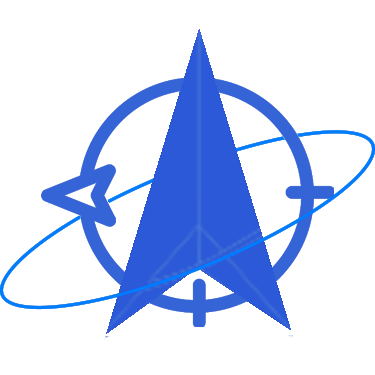
For quick reference, Starfleet has adopted the following system for referring to planetary types.
CLASS D
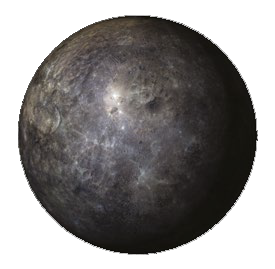
Class D worlds are the most common planetary bodies, and exist in almost every stellar system. They are all relatively small, airless moons and asteroids that are essentially barren balls of rock. Earth’s moon, Luna, is a typical example of such worlds. Almost all of these worlds are lifeless, although a few are home to vacuum-dwelling life or life-forms that live in subsurface cavern complexes. While typically useless for any purpose except mining, some of the larger Class D worlds can sometimes be terraformed.
AVERAGE GRAVITY: Negligible to 1G, most are between 0.05 and 0.5 G.
DANGERS: Deadly atmosphere (vacuum), hazardous, hostile, or deadly temperatures, hazardous or hostile radiation.
More Information: STA Core Rulebook, page 146. Nova, The Planets: Inner Worlds.
CLASS H
These are hot, dry terrestrial planets, which have little surface water or ice and are, at best, marginally habitable by humanoids. Although some Class H worlds have oxygen-argon atmospheres, many have atmospheres that are mildly poisonous, making long-term survival impossible. Humanoid colonies have been established on Class H worlds, but they rarely thrive.
AVERAGE GRAVITY: 0.5 to 1.5 G.
DANGERS: Hazardous or hostile temperatures, possibly hazardous atmospheres.
More Information: STA Core Rulebook, page 147.
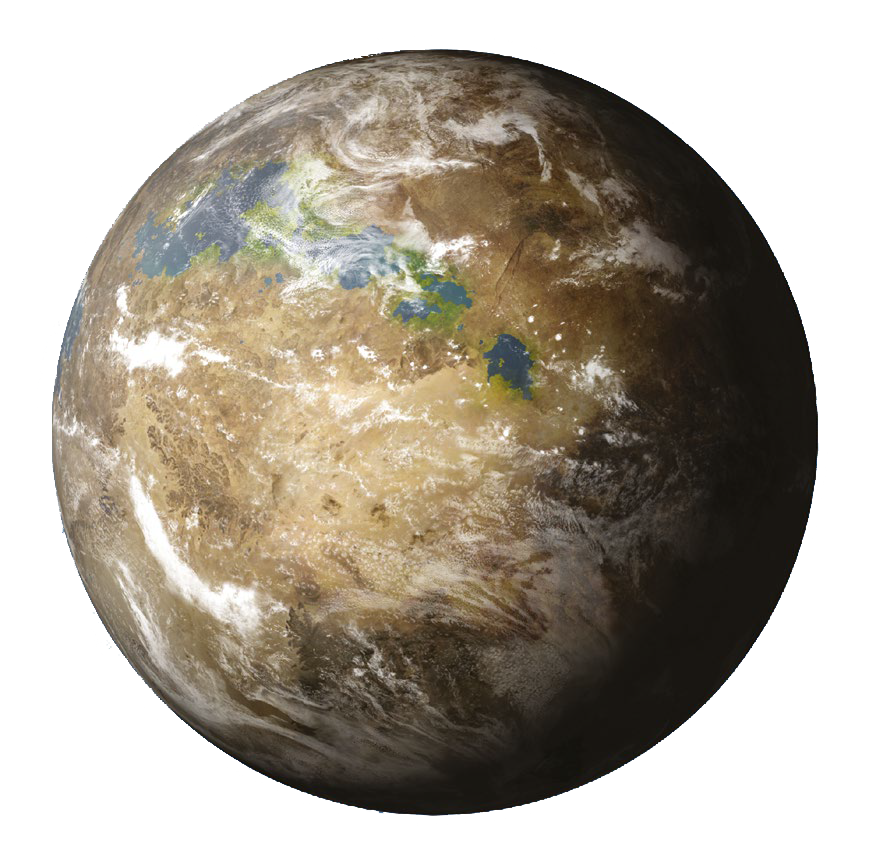
CLASS I

These large terrestrial planets are also called Super Earths because they are massive enough that gravity becomes a driving force in creating conditions which make the world less than habitable, from super dense atmospheres that can crush a humanoid to chemistry that is altered because of heat, pressure, and gravity. Unfortunately for humanoid colonizers of the galaxy, this is one of the most common classes of terrestrial planet.
Life forms can and do arise on such planets, but due to environmental factors, they are usually very different than species most Federation member species would recognize. The gravity of these planets also creates an almost insurmountable barrier to the development of flight and especially, space-flight as the energy costs needed to get off the ground become prohibitive.
AVERAGE GRAVITY: 1.5 to 6 G.
DANGERS: Hazardous or hostile temperatures, possibly hazardous atmospheres, hazardous gravimetric conditions.
More Information: .
CLASS J
Class J worlds are the most common gas giant planets found. These are large worlds that are typically between 3 and 15 times Earth’s diameter that have enormous and dense atmospheres primarily composed of either methane (on smaller Class J planets) or hydrogen (on larger Class J planets) and their surface is almost impossible to reach due to the size and density of their atmospheres. No Class J planet is habitable by humanoids and they are impossible to terraform. However, some have their own entirely airborne alien ecosystems and may even be home to exceptionally alien and intelligent creatures. Class J planets can be found anywhere in a star system, from intensely hot worlds close to their primary to distant frozen worlds. Some Class M planets orbit Class J worlds as moons.
The interiors of these worlds include metallic hydrogen and they often emit hazardous radiation and an immensely powerful magnetic field.
AVERAGE GRAVITY: 0.8 to 3 G.
DANGERS: Deadly atmosphere, hazardous, hostile, or deadly temperatures, possibly hazardous, hostile, or deadly radiation.
More Information: STA Core Rulebook, page 147.
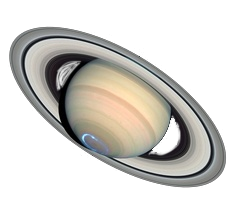
CLASS K
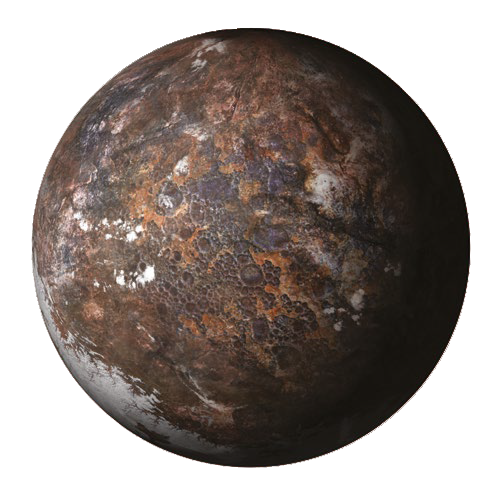
These frigid worlds include a relatively broad range of planets, from cold, dry worlds like Mars, which typically possess relatively thin carbon dioxide atmospheres, to somewhat larger planets that resemble Saturn’s moon Titan. These frigid worlds have denser atmospheres of methane and nitrogen. These worlds are not gas giants, because they all possess a solid surface, but none are habitable without extensive terraforming and the coldest are simply too hostile to terraform.
AVERAGE GRAVITY: 0.25 to 2 G.
DANGERS: Deadly atmosphere, hostile or deadly temperatures, possibly hazardous or hostile radiation.
More Information: STA Core Rulebook, page 147.
CLASS L
Class L worlds are marginally habitable planets which contain limited vegetation, but no animal life on land. Most are primitive worlds where life recently evolved and animals have not yet developed the ability to live on land. However, some are simply marginally habitable worlds where land animals cannot survive. Most have atmospheres composed of argon and oxygen, and many have sufficient atmospheric carbon dioxide to cause most humanoids at least mild distress. On some Class L worlds, carbon dioxide levels are sufficiently high enough to slowly poison humanoids.
AVERAGE GRAVITY: 0.5 to 1.5 G.
DANGERS: Possibly hazardous atmosphere, possibly hazardous or hostile temperatures, possibly hazardous radiation.
More Information: STA Core Rulebook, page 148.
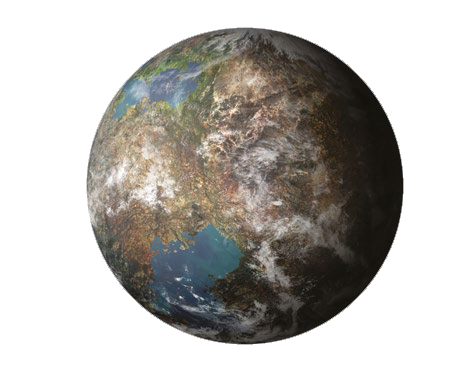
CLASS M
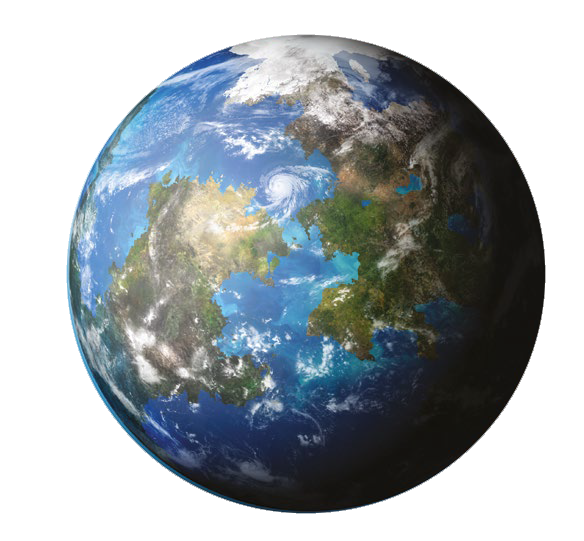
Class M planets are easily habitable by all humanoids, including Humans, Vulcans, Klingons, Andorians, and many others. These worlds possess oxygen atmospheres and a range of temperatures and pressures that allow liquid water to exist over most of their surface. However, this does not mean that the entire surfaces of these planets are pleasant or even survivable. Much of Vulcan is a desert and some Class M worlds are in the midst of frigid ice ages, where ice sheets a kilometer thick cover more than half their land area. However, all offer locations where humanoid life-forms can thrive with only minimal technology. As a result, the Federation is always looking for uninhabited Class M planets to colonize. Every uninhabited Class M planet you discover may eventually become home to a thriving Federation colony. Nevertheless, do not forget that even Class M planets can be lethal. In addition to regions that are burning hot or freezing cold, all Class M planets are home to robust ecosystems of animals and plants with biochemistries that are all somewhat similar. As a result, virulent diseases, poisonous or possibly carnivorous plants, and deadly predators can be found on many Class M planets. Starfleet has placed more than a few such worlds off limits for colonization because one or more life-forms were simply too deadly.
AVERAGE GRAVITY: 0.5 to 1.5 G.
DANGERS: Localized hazardous or hostile temperatures, possibly localized hazardous or hostile radiation.
More Information: STA Core Rulebook, page 148.
CLASS T
These planets are a variety of large gas giant, typically much more massive than Class J worlds. Class T planets are the largest and most massive objects classified as planets, and there remains lively debate surrounding the point where a body is too large to be considered a Class T planet and is instead classified as a brown dwarf star. Some Class T worlds are as much as a dozen times the size of the largest Class J world. Gas giants only remain this large when they have not yet finished forming. The largest Class T worlds are a hallmark of a very young stellar system. All Class T planets possess exceedingly high gravity and pressure. Even a brief artificial gravity failure can incapacitate the crew of a starship in the upper atmosphere of a Class T planet, and venturing deeper than the upper atmosphere of such a world can exceed the structural integrity of almost any starship. Also, they are only found in exceedingly young star systems, which abound with asteroids, dark matter, strong stellar flares, and many other dangers rarely found in older star systems.
AVERAGE GRAVITY: 2 to 10 G.
DANGERS: Deadly atmosphere, hazardous, hostile, or deadly temperatures, possibly hazardous, hostile, or deadly radiation.
More Information: STA Core Rulebook, page 149.
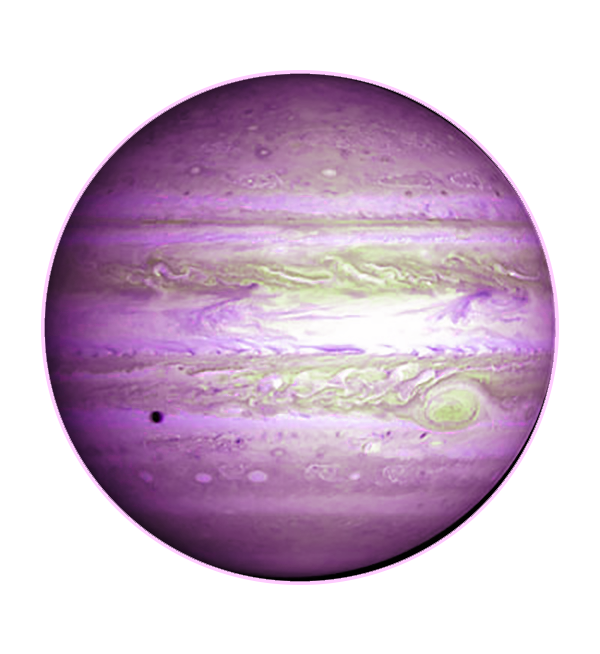
CLASS U
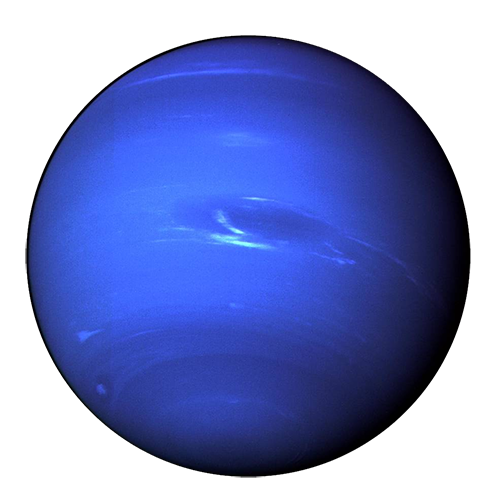
Class U planets are similar to Class J planets but lack a metallic hydrogen layer. Their masses range from 10 E to 50 E (0.03 J to 0.15 J diameters from 30,000 km to 80,000 km. Atmospheres are mostly hydrogen but enriched in helium and methane. They form in the outer portions of star systems and are sometimes called ice giants because of their cold and dark locations. Examples from the Sol system include Uranus and Neptune.
AVERAGE GRAVITY: 3 to 12 G.
POSSIBLE THREATS: Deadly atmosphere, hazardous, hostile, or deadly temperatures.
More Information: Nova, The Planets: Ice Worlds.
CLASS V
Gas Dwarves, these planets range in mass between 1 E and 9 E. The form away from their host stars and may have a rocky core, surrounded by deep layers of ices and a hydrogen-helium atmosphere.
AVERAGE GRAVITY: .3 to 3 G.
POSSIBLE THREATS: Deadly atmosphere, hazardous, hostile, or deadly temperatures.
More Information: Nova, The Planets: Ice Worlds.
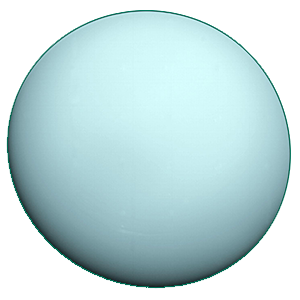
CLASS Y
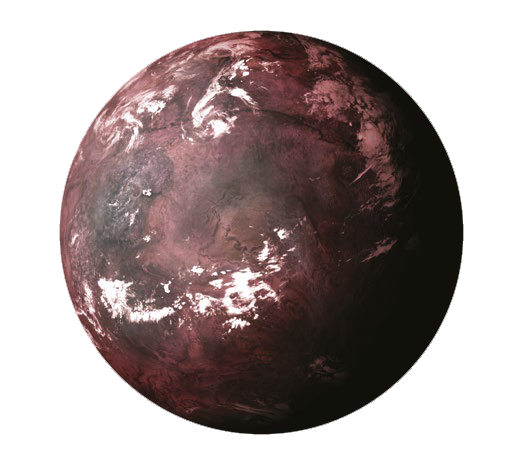
Sometimes called “demon planets,” Class Y worlds are noted for dense, toxic, highly corrosive atmospheres, surface temperatures that exceed 200 C, and periodic thermionic radiation discharges. These radiation discharges mean that even entering a low orbit around a Class Y world can be hazardous. In addition, both the radiation and dense clouds that surround all Class Y worlds limit the utility of sensor scans from orbit. Because of the multitude of dangers Class Y worlds present, Starfleet considers them to be the terrestrial planets least hospitable to humanoid life. They are almost instantly fatal to unprotected humanoids, and space suits, probes, and even starships must all be protected by specially modified shields in order to survive the thermionic radiation.
AVERAGE GRAVITY: 0.5 to 1.5 G.
POSSIBLE THREATS: Deadly atmosphere, deadly temperatures, deadly radiation.
More Information: STA Core Rulebook, page 149.
ANOMALOUS WORLDS
While most worlds fall into one of the above standard types, a few do not, and these planets are, by definition, worthy of further investigation. There are many reasons why a world might fall outside the expected range of planetary classification.
More Information: STA Core Rulebook, page 149.
This is a fan site devoted to running Star Trek Adventures by Modiphius Entertainment, based on Star Trek created by Gene Roddenberry and owned by the CBS Corporation. No use of eithers’ intellectual property on this page is meant to constitute a challenge either entities rights and is intended under fair use provisions. We encourage you to buy a copy of this fine RPG, if you use one of the links provided on this page we’ll receive a small fee that will help support expansion of the material found here. The planetary illustrations here are from the Star Trek Adventures core book and NASA. Art not coming from Paramount, Modiphius, or NASA are fan works either from myself or other fans, I credit other artists where I have a source available and would appreciate your help finding the origin of other fan art included without attribution.
